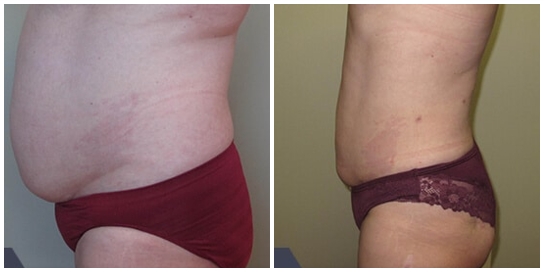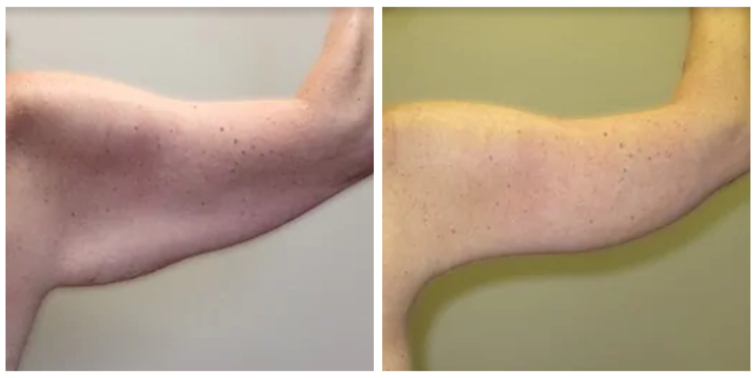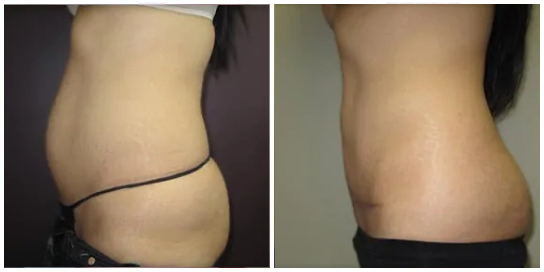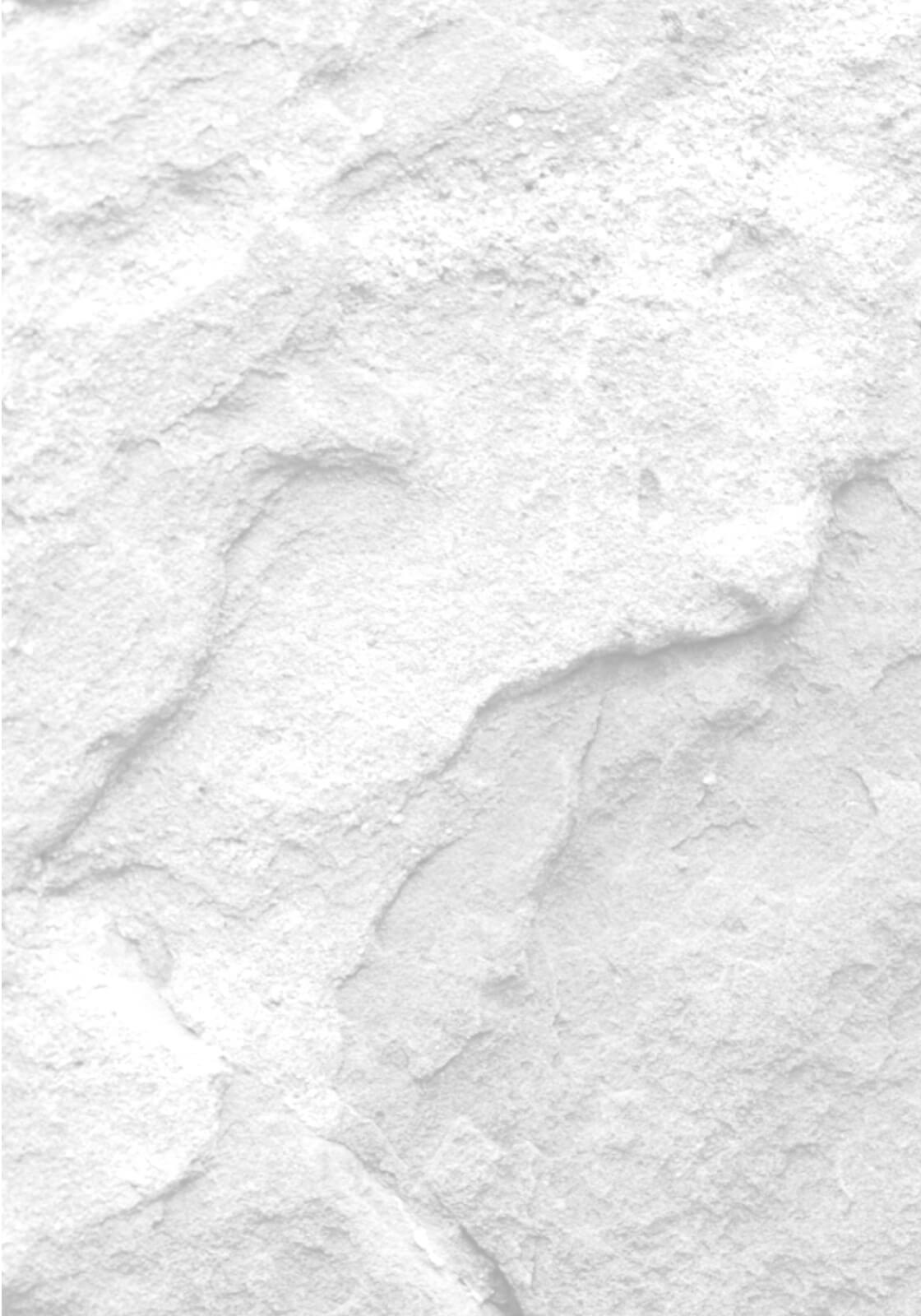Facelift
Conveniently located to serve the areas of Boulder, CO

The technical name for face lift surgery is “rhytidectomy.” In this surgical procedure, excess face and neck skin are removed and the tissues under the skin are tightened. Activities such as smoking, sunbathing, outdoor activities, and stress can alter the appearance of the face. Additionally, as we age deep creases may form between the nose and mouth, the jawline may grow slack and sag, and folds and fat deposits may appear around the neck. A face lift can reduce these signs of aging, resulting in a firmer, fresher appearance.
Contents
Who is a good candidate for a Face Lift?
Candidates must be in good health, have no active diseases or serious, pre-existing medical conditions, and must have realistic expectations of the outcome of the surgery. Facelifts are most commonly performed on patients between 40 to 60 years old. The procedure can produce good results for people from 60 to 80 as well. If you have strong, well defined bone structure and some skin elasticity, you are most likely to have good results from a facelift.
NOTE: You may not be a candidate for surgery if you smoke, have recently quit smoking, or if you are exposed to second-hand smoke. Primary and secondary smoking decreases blood flow to the body’s tissues. This can result in prolonged wound healing, skin loss, infection, increased scarring, and a number of other complications depending on the kind of procedure performed.
How is the procedure performed?
The type and size of facelift depends on location and extent of skin laxity. Sizes range from “mini” to “standard”. Usually, an incision is made in the hair near the temple and continues to the front of the ear, around the ear lobe, behind the ear and into the hair. The muscles and sagging tissue are tightened and excess skin is removed. The remaining skin is repositioned to create a more youthful look. The incision is closed with sutures, or with metal clips on the scalp. A small incision may be made under the chin if a neck lift is needed.
Options to enhance the procedure
A face lift surgery may be performed alone, or in conjunction with a brow lift, eyelid lift, or nose surgery. Your surgeon may also recommend injections of a filler or Botox to help alleviate deep creases in your forehead or frown lines between your eyebrows. To improve the texture of your facial skin, laser resurfacing or chemical peeling may be used.
Planning for your surgery
First, schedule a personal consultation with your plastic surgeon. Communication is vital in reaching your goals. You will have the opportunity to discuss your goals and the results you’d like to achieve. Your surgeon will work with you to reach an understanding about what you can expect from this procedure and what long-term benefits you will experience. Every patient is different, and your surgeon will choose the surgical technique and treatment plan that is right for you.
During your initial consultation
- Provide a complete medical history. Include information about any previous surgical procedures; past and present medical conditions; and all medications or herbal supplements you are taking.
- Expect your surgeon to conduct a complete physical examination.
- Be prepared to discuss possible risks and complications of the procedure.
Preparing for your surgery
You will be given specific instructions on how to prepare for your surgery. A pre-operative information packet will be provided that explains everything you should do and know before your surgery date. Your surgeon will instruct you on how to prepare for surgery, including guidelines on eating and drinking, smoking, and which vitamins and medications should be taken or avoided. You should arrange for someone to drive you home after your surgery, whether your surgery is done on an outpatient or inpatient basis. You may also want to make arrangements for someone to help you out for a day or two after you leave the hospital.
Types of Anesthesia
You’ll remain comfortable throughout the entire procedure. In most cases, general anesthetic is used so that you will sleep throughout the procedure; although local anesthesia with intravenous sedation is also an option for some patients.
After Your Surgery
It is very important that you follow your surgeon’s instructions. This will promote healing and improve progress towards your new physical appearance. Also, it is important that you attend all scheduled follow-up appointments so that your surgeon can assess your long-term results and answer any questions or concerns you may have.
Face Lift Surgery post-operative instructions
- Have someone drive you home after surgery and help you at home for 1-2 days.
- Get plenty of rest.
- Follow balanced diet.
- Decreased activity may promote constipation, so you may want to add more raw fruit to your diet, and be sure to increase fluid intake.
- Take pain medication as prescribed. Do not take aspirin or ibuprofen or any products containing aspirin or ibuprofen.
- Do not drink alcohol when taking pain medications.
- Even when not taking pain medications, no alcohol for several months.
- If you are taking vitamins with iron, resume these as tolerated.
- Do not smoke, as smoking delays healing and increases the risk of complications.
Activities
- Slowly start walking as soon as possible, this helps to reduce swelling and lowers the chance of blood clots.
- Do not drive until you are no longer taking any pain medications (narcotics).
- You may tire easily. Plan on taking it easy for the first week.
- No strenuous activities, including sex and heavy housework, for at least 2 weeks. (Walking is fine…you do not want to elevate your heart rate)
- Return to work in 14-21 days.
Incision Care
- If applicable, you may shower 48 hours after removal of the drainage tubes.
- You may bathe 48 hours after surgery. Avoid steam baths and saunas for several months.
- Avoid exposing scars to sun for at least 12 months.
- Always use a strong sunblock, if sun exposure is unavoidable (SPF 30 or greater).
- If applicable, keep steri-strips on; replace if they come off.
- Keep incisions clean and inspect daily for signs of infection.
- Keep head elevated; sleep with head on 2 pillows.
- Do not use hair dye until approved by your surgeon.
- You may use cold saline compresses for comfort and to help decrease the swelling.
- Hair is generally shampooed on the 2nd or 3rd postoperative day. Wash your hair with the recommended product at least every other day thereafter and before each visit to the office.
- The area of sutures must be washed gently but thoroughly each time.
- Do not set hair dryer temperature on hot, as you may not have feeling in operated areas.
- You may use makeup after the sutures are removed; new facial makeup can be used to cover up bruising, but not on the incisions. It is important to gently remove all makeup.
What to Expect
- Maximum discomfort should occur in the first few days, improving each day thereafter.
- Bruising, swelling, numbness, and tightness and tenderness of skin for 10-14 days or longer.
- You may experience tightness in the neck and difficulty turning side to side for 1-2 months.
- Skin may feel dry and rough for several months.
- Face may look and feel strange and be distorted from the swelling.
- Men have a need to shave behind their ears, where beard-growing skin is repositioned.
Appearance
- Pale, bruised and puffy face for several weeks.
- Wearing scarves, turtlenecks and high-collared blouses masks the swelling and discoloration.
- By the third week, you will look and feel much better.
- Final result is not fully realized for approximately 6 months.
Follow-up Care
- Sutures are usually removed from in front of the ear in 3-5 days.
- Remaining sutures and metal clips, if used, are usually removed in 1-2 weeks.
- If a drainage tube was inserted, it will be removed in 1-2 days.
When to Call
- If you have increased swelling or bruising.
- If swelling and redness persist after a few days.
- If you have increased redness along the incision.
- If you have severe or increased pain not relieved by medication.
- If you have any side effects to medications; such as, rash, nausea, headache, vomiting.
- If you have an oral temperature over 100.4 degrees.
- If you have any yellowish or greenish drainage from the incisions or notice a foul odor.
- If you have bleeding from the incisions that is difficult to control with light pressure.
- If you have loss of feeling or motion.
Schedule your Appointment
And Meet Directly With Dr. Roesner to Discuss a Treatment plan to meet your Aesthetic and Skincare Goals.
Schedule AppointmentConsult fee is $100 – which will be applied to the cost of the procedure
(If scheduled within 90 days).





